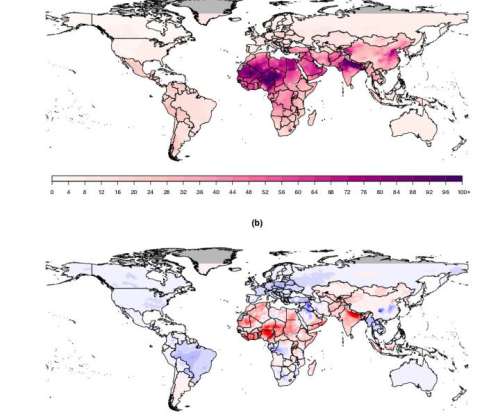Study finds 1.4 Gt discrepancy between national and provincial data sets for greenhouse gas emissions in China
Green Car Congress
JUNE 11, 2012
The gap, noted the researchers in their open-access paper in Nature Climate Change , is equivalent to Japan’s annual CO 2 emissions, the world’s fourth largest emitter, with 5% of the global total. The area chart shows the increase of CO 2 emissions calculated from the national energy statistics since 1997 broken down by different fuel type.






















Let's personalize your content